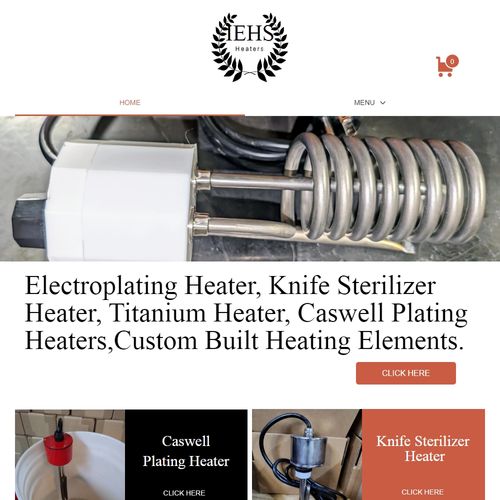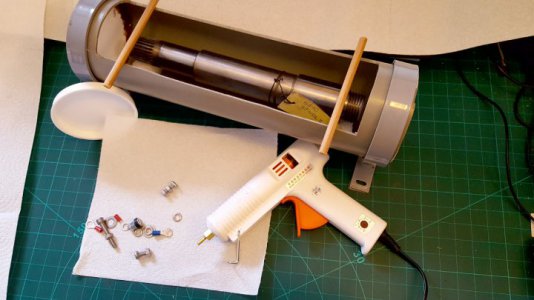You don't have to evaluate phrases like "good for anodizing". You only need look for a heater that does not have any metal of any kind in contact with the solutions. Many immersion heaters have the element encased in a glass or ceramic tube to keep it electrically insulated. Lower temperature kinds like "heating belts" put around plastic beer fermenting bins are silicone insulated, so can also be good candidates to immerse (part of them).
The PH2000 looks like a standard kettle-style element, unless it has a non-conductive coating.
(It also looks somewhat overpriced - but that is just my first reaction)!
Heating elements constructed in a stainless steel tube, packed in chalk-like ceramic, folded up in many possible ways, is not what I would contemplate. Do not allow stainless steel be in contact with a solution running current, and never let the vessel also be one electrode. Anodizing is using electric current to force oxygen in dilute sulfuric acid (H2SO4) to join aluminum to make a transparent aluminum oxide (Al2O3) layer which can be dyed, and sealed. That same current will find and pull out hexavalent chromium from the stainless steel, making the anodizing solution something truly toxic, very dangerous, and difficult to dispose of.
Diluted sulfuric acid is pretty safe for the environment. It can be poured onto the ground, and you can grow plants there. Drain cleaners often contain it, so down a drain with some water is OK. Sulfur is in food, and plants, and your body. Chromium is not, nor is it safe! Search "Hexavalent Chrome" to find out why. Do not contaminate your anodizing solution from a metal interface heater element.
From what I have read, when the anodizing is for larger stuff, or many parts, the self-heating effect can mean one has to get up to cooling to regulate the temperature. For small scale stuff, many will use a fish tank heater, but one hopes the interface on those is also insulated from the solution. Many recipes I have seen are at the kind of temperature you could hold your hand in, so maybe a homebrew beermaker's heating belt may be enough. This I don't know. My anodizing experiment was at room temperature, and it seemed to work OK.

 www.industrialelectricheating.com
www.industrialelectricheating.com



